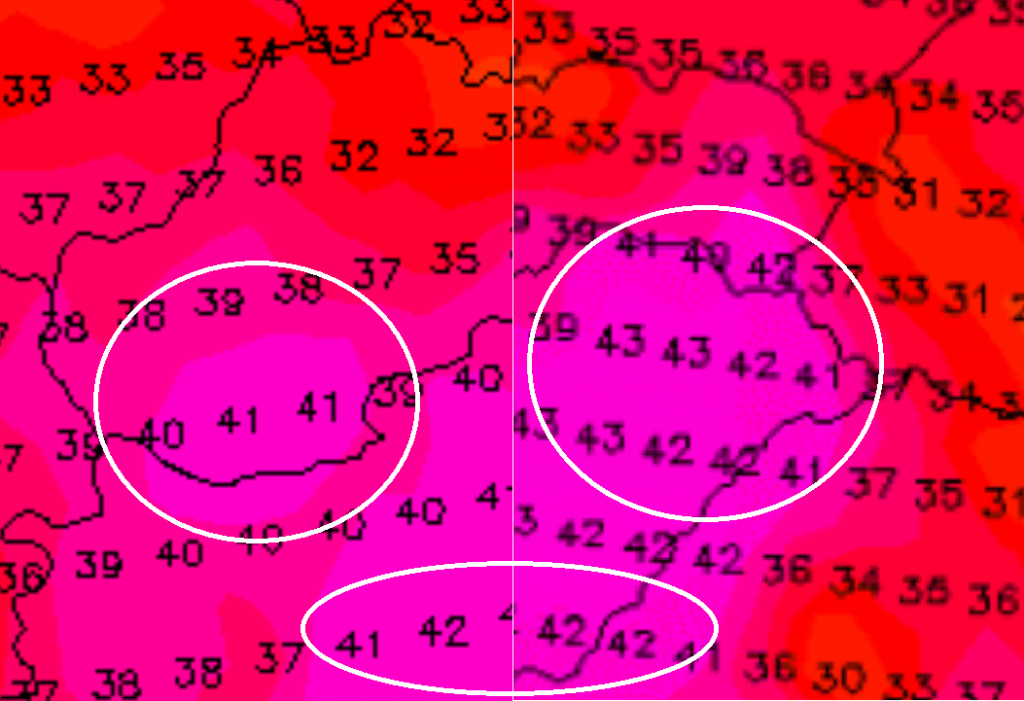
June 2025 is delivering something truly extraordinary for Central Europe—and not in a good way. With temperatures forecasted to skyrocket beyond +42°C in Slovakia and +43°C in Hungary within the next two weeks, meteorologists and climate experts are sounding the alarm. What we’re witnessing may be a historic climate event—one never before recorded in our modern era.
🔥 A Heatwave of Unprecedented Scale
According to early forecasts and model projections, the second half of June 2025 is shaping up to bring record-breaking heat across the Carpathian Basin. While hot Junes aren’t unheard of in southern Slovakia or Hungary, temperatures exceeding 42–43°C are far beyond historical norms.
Let’s put this into perspective:
- Slovakia’s all-time high: +40.3°C in Hurbanovo (July 2007).
- Hungary’s all-time high: +41.9°C in Kiskunhalas (July 2007).
If these forecasts hold true, we could shatter national temperature records by more than 1 degree—an enormous jump in the world of climate statistics.
🧠 What’s Causing This?
Several meteorological factors are converging:
- A massive African anticyclone, is expanding northward.
- A stationary high-pressure dome over Central Europe is blocking cooler Atlantic air.
- Drought-dried soils are amplifying heating—the sun’s energy goes directly into warming the air.
This combination creates a deadly heat trap, where each day gets hotter than the last.
🚨 Consequences: Health, Infrastructure, and Agriculture
This level of heat has serious consequences:
- Heatstroke and dehydration risks skyrocket, especially for the elderly and children.
- Blackouts could occur due to air conditioner overload.
- Agriculture faces collapse in some areas: corn, wheat, and sunflower crops are already showing signs of heat stress.
- Forests and grasslands become tinderboxes, ripe for wildfire outbreaks.
Hospitals, fire brigades, and emergency services across the region are already preparing for a Tier 3 heat emergency.
🧬 Is This Climate Change in Action?
Short answer: yes.
While weather events fluctuate naturally, the frequency and intensity of extreme heatwaves are directly linked to global warming. Central Europe is heating up at nearly twice the global average—a worrying trend that makes events like this less “shocking” and more “inevitable.”
🕊️ Hope or Hysteria?
We still have time to:
- Adapt: by greening cities, improving early warning systems, and protecting vulnerable communities.
- Mitigate: E.g., transitioning to sustainable energy.
- Prepare: because these extremes are not going away.
But let’s be honest: +43°C in Hungary in June? That’s not just summer anymore—it’s climate history unfolding before our eyes.
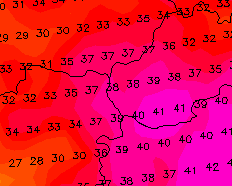
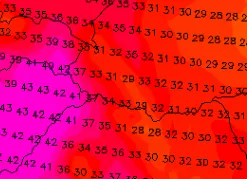
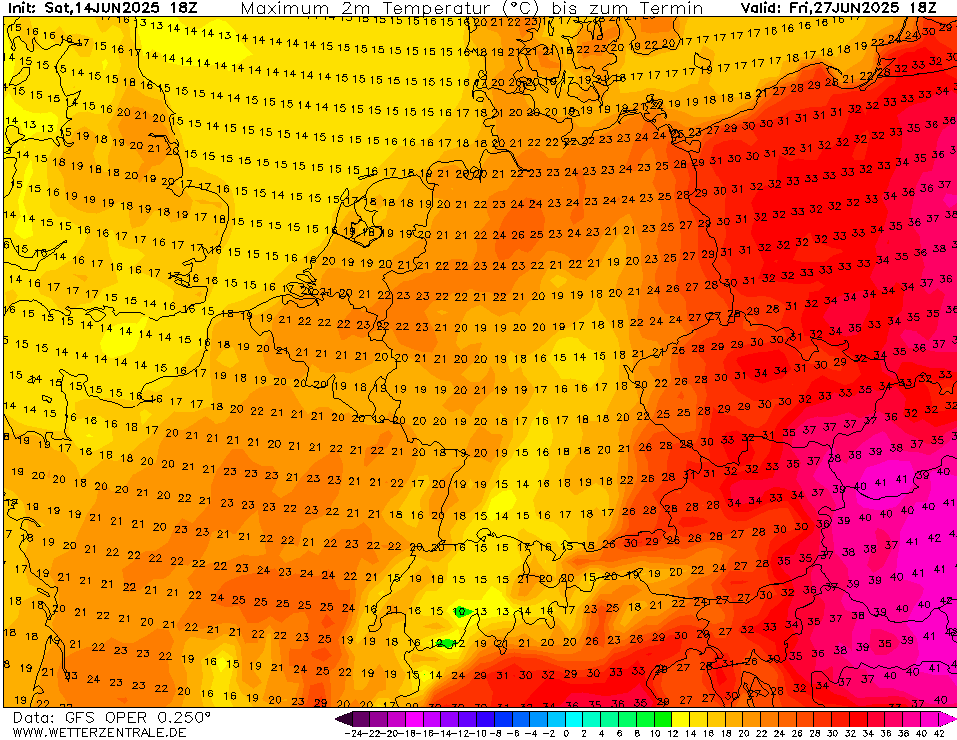
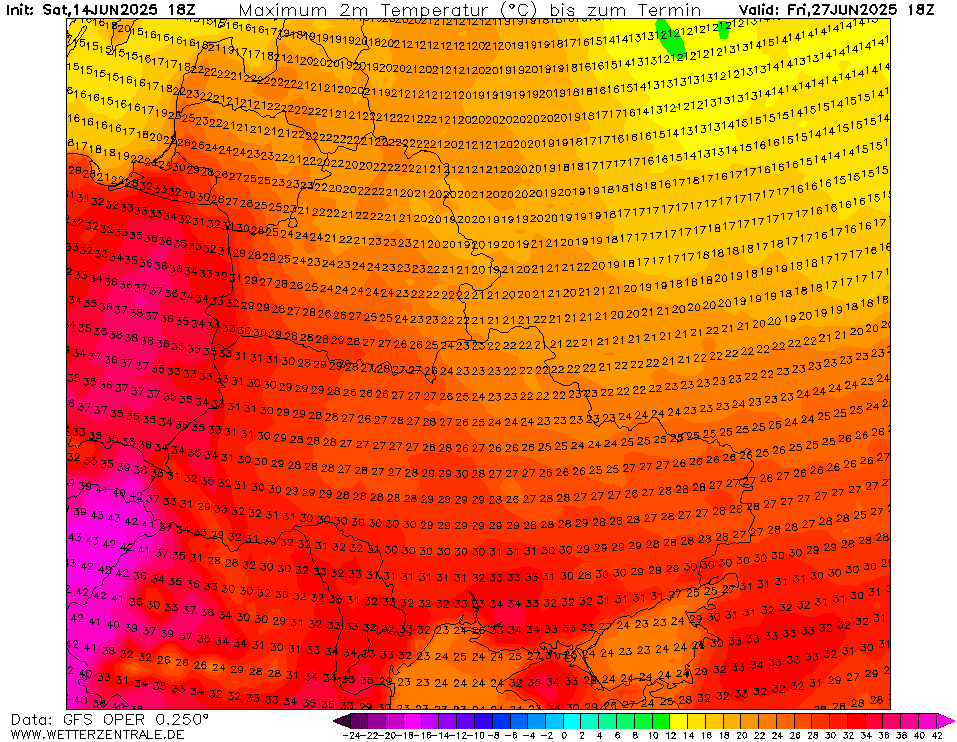

Detail.


























